Sponsor, Brands, Specialists and Suppliers: The Companies that supported the Chapman /Lotus Road & Racing Programme
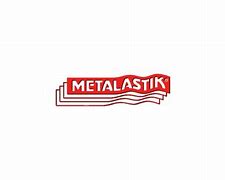
Metalastic: Rotoflex Coupling: Getting it Together
This is an important story involving Mac Goldsmith (Jewish Engineer, Entrepreneur and Philanthropist) Mac Goldsmith was the owner of Metalastic and also had interests in John Bull Rubber.
He made a very great contribution to the British War Effort and post war British motor industry, culture and education.
His life is inspirational, deserves study in detail as it applies to many of the professional disciplines we cover in relation to Colin Chapman.
Introduction
Lotus cars sold
They were bought for their:-
- Performance –road or track
- Driving pleasure
- Reputation and image
- Aesthetics
- Symbolism
- Owner identification /personality extension etc.
All the above were integrated within a total framework design.
The above list is heavily dependent on a select group of components [either bought in proprietary or in house manufacture] that delivered the desired outcomes and met strict criteria.
Many of these components often contributed significantly to the overall aesthetic, many are extremely functional and beautiful in their own right .They formed part of a complementary whole.
In this series we examine:-
- significant Individual components from all the marque types
- Briefly explain their role /contribution /evaluation
- Analysis form and function with regard to their integration, where appropriate
- Provide suppliers/specialist advertising materials where appropriate
Understanding Lotus’s use of proprietary parts provides invaluable learning opportunities not just historical but right up to the present day. These lessons are not just applicable to automotive engineers/ designers but to the wider Industrial /Product Design professions.
The Skillful and creative adoption, absorption and integration of components was a powerful factor in the Chapman design methodology and contributed significantly to both competition and commercial success. It also feed his ability to mutate parts and materials to his desired ends.
The use of components is a fundamental skill of the Industrial Designer and the direct provision of added value.
The exact interpretation of sponsorship in conjunction with Lotus is difficult to establish objectively. The appearance of a sponsor’s logo on a car is not necessarily evidence of financial support. Access to historical archive and contracts is sought wherever possible but with the passage of time and for various reasons these are not always available or accessible to the public.
This series also embraces the specialist suppliers to Lotus. We are particularly interested in those suppliers and products that have a connectivity with aviation.
In constructing the historic sponsor series, the A&R looks only at the logos worn in period and assumes the company involved had no objection to Lotus promoting their products. The A&R sees much to be gained by the wider promotion of sponsors but in the event that a specific organization disapproves for any reason that article will be removed.
Sponsorship is an instrument of mutual benefit and promotion. Subscribers might like to see A&R articles on Sponsorship and Product Placement to understand the numerical / financial reach provided by sponsorship with its ability to identify and project status through identification.
The principle continues particularly with regard to education based exhibitions [see below for details]
Each of these articles is devoted to a company/ organization that is believed to have sponsored or supplied specialist items to Lotus.
The intention of each article is to: –
- Explain the sponsors own history and outline their products and services – past-present and future
- Explain the historical connection with Lotus and the contribution made both in competition and the production cars
- To suggest how these two interlocking facets may be translated into exciting, interpretive, educational and commercial exhibitions
Subscribers might to see complementary and structured pieces to this article: –
- Primary sponsors like Gold Leaf / John Player Specials
- Product Placement
- Separate dedicated series on engines and gearbox
- Logo on Lotus
- Hardy Spicer and other suppliers of half shafts and flexible joints
Metalastic Company Profile /Abbreviated summary
From Graces Guide:
“Metalastik of Leicester
1937 Founded in Leicester on 25th May 1937 by Mac Goldsmith, an engineer and entrepreneur. He established Metalastik to design, develop and manufacture rubber-to-metal bonded components with anti-vibration and shock absorbing qualities. It was an associated company formed as ‘the manufacturer of rubber to metal components’ by John Bull Rubber Co.
1939 During the Second World War, the company produced rubber tyring for tank bogie wheels.[1]
1939 See Aircraft Industry Suppliers.
1951 Metalastik Ltd became a public company.[2]
1952 Plating plant installed at Leicester which was then the largest in the world for rubber-metal bonding.[3]
1955 John Bull group merger – John Bull, Metalastik, Precision Rubbers, CP Engineering.
1958 Became part of Dunlop Rubber Co Ltd..
1962 Metalastik celebrates 25 year anniversary (Silver Jubilee).
1967 Received Queen’s award for industry.
1968 Name changed to Polymer Engineering Division – part of Dunlop Polymer Engineering.
1963 Motor Show exhibitor. Rubber to metal welding.[4]
1970 Metalastik establishes overseas selling companies in Scandinavia, EEC and North America.
1979 Computer controlled powder handling system installed in Leicester factory.
1983 Business split into 4 market orientated groups:-
- Metalastik – Automotive.
- Metalastik – General Engineering.
- Metalastik – Overseas.
- Automotive Hose.
1984 New £1 million R & D development project in offshore technology.
1985 Became part of BTR plc – name changed to Metalastik Vibration Control Systems.
1987 Multi-million pound investment programme under way in Leicester factory.”

Figure 1: from Graces Guide
In the Chapman/Lotus era the Company was identified with:-
- Rotoflex coupling
- Rubber metal weld
- Components for engines and suspension
- Crankshaft torsional vibrational dampers
- Flexible bearings
- Rubber joints
- Instrument panel mounting
- Rubber buffers
Rotoflex
“This coupling is used for motor vehicle propeller shafts, half shafts steering columns, industrial drives as well as many other applications.
Accommodates large angular and axial displacements with minimum resistance.
Reduces torsional vibration and noise.
Absorbs torque fluctuations.
Replaces mechanical joints, eliminating lubrication and metal-to-metal wear.
No servicing required.
Unaffected by dust, grit or moisture.
The Metalastik Rotoflex® Coupling consists of a regular polygon of rubber with metal inserts bonded in position. It can have 4, 6 or 8 sides. After moulding, the rubber elements in the coupling are compressed by the fitting of a steel retaining band. This important design feature ensures maximum fatigue life. The retaining band is discarded after assembly. Metal interleaves bonded into the rubber elements provide increased torque capacity when required.
Rotoflex couplings have proved successful for motor car propeller and half-shaft applications for auxiliary drives on road vehicles and for many industrial drives.
When couplings operate at very high speeds and support a cardan shaft, a centring device is necessary; these can be all metal or a metalastik bush arrangement – details are available from our design department on request.”
See: https://idoc.pub/documents/rotoflex-coupling-14306m72r24j
Lotus Connections
The editors believe that Metalastic components were used in both Lotus road and race cars, notably Rotoflex coupling in the half shafts on the tyres 25&33, but also in the Elan.

Figure 2: Editors sketch of Lotus 25 focusing on engine, gearbox, transaxle and role of Metalastic Rotoflex joints
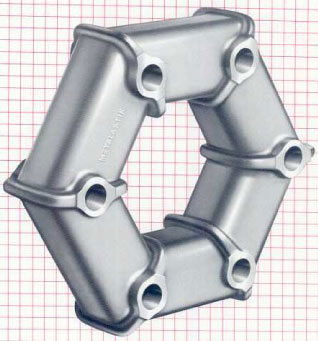
Figure 3: Image from the net
Metalastic Couplings
“Fitted to Lotus Elan and many Formula Ford cars, used on Hewland Mk4, 5 &6, 8 & 9 and FT200 gearboxes. These were designed to accommodate large angular and axial displacements with minimum resistance, whilst reducing torsional vibration and noise. As a result these joints which also have industrial and marine applications, found success within motorsport. The 3.78in and 4.4in PCD versions are interleaved for increased torque capacity, the 5.25in versions is also available 2.75in wide for GT40 applications.”
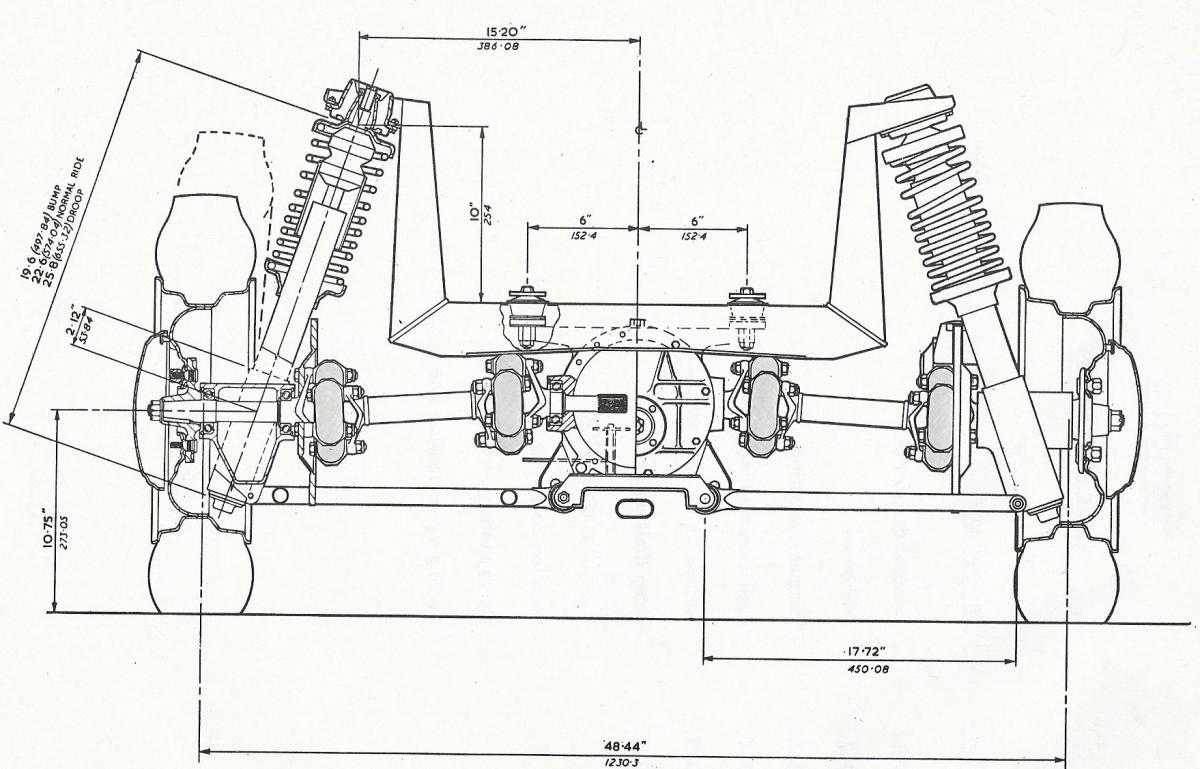
Figure 4: Image from the net but also published in “Lotus Elan” by Taylor
Hughes accounts of the Elan development:
“One problem which raised its head was a disconcerting braking “wind up” caused by the rubber doughnut type couplings specified by Chapman.
Manufactured by Rotoflex, these were flexible “bungee” universal joints derived from Hillman Imp units, which were cheap and clever substitute for Hardy Spicer splined joints and CV joints…. Anyone familiar with the old Elan knows that sensitive use of the throttle and clutch is needed to avoid kangarooing action as these couplings twist when accelerating hard , but in early testing they also had a dire effect on braking “
Period Address for economic geography exercise
Evington Valley Road,
Leicester
LE 5 5LY
Learning Opportunities
Our learning /educational opportunities are intended to be challenging thought provoking and requiring additional research and/or analysis.
These opportunities are particularly designed for a museum/education centre location where visitors would be able to enjoy access to all the structured resources available in conjunction with any concurrent exhibition.
Understanding the potential of componentry particularly proprietary items provides some of the following learning opportunities; in this instance we suggest the following might be appropriate:-
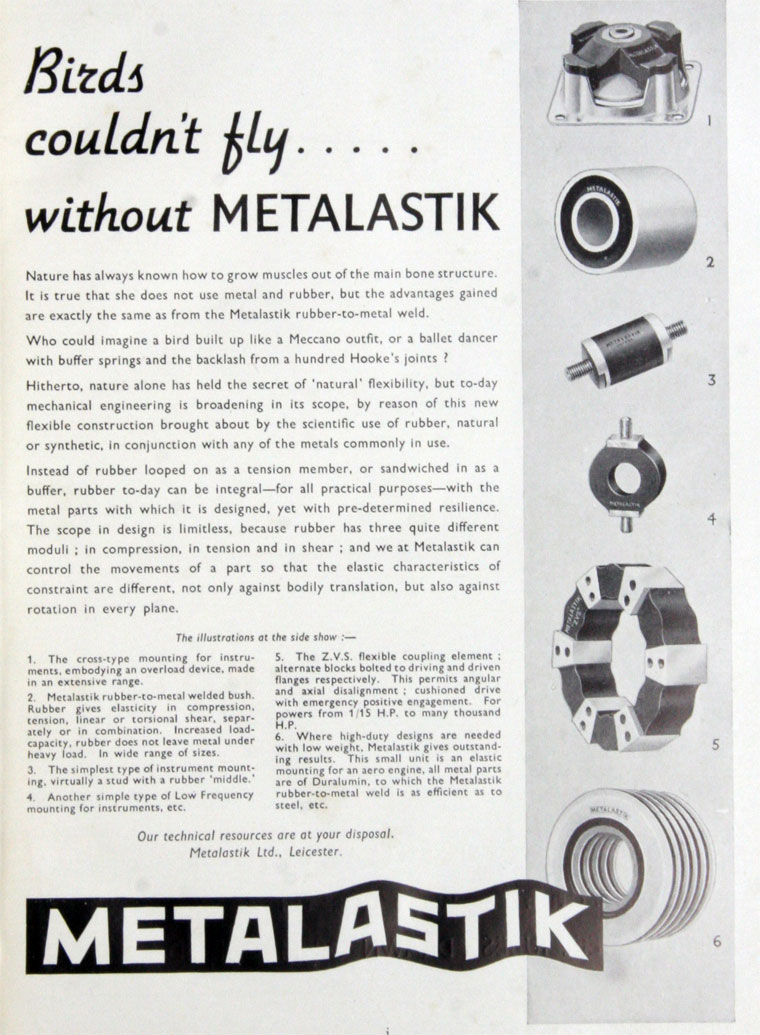
Figure 5: From Graces Guide
Specific to Metalastic
- Note biography of Mac Goldsmith below and study
- To what other British car marques was Rotoflex fitted?
- What were Metalstic aviation and military connections during Second World War?
- Study and consider Colin Chapman‘s production specification methodology, how and when did economics compromise his cars?
- The Elan has some contradictory published reports regarding reliability, explain these, giving examples
- What other industrial applications were Metalastic suitable for?
- Examine Metalastic and Rotoflex patents in the fullest context of need, function, raw materials, assembly/manufacturing volumes and judge its viability, how good an idea was it?
- What is the size and value of the industry
- How has it changed? And what is its future 2020 onwards?
- Discuss the relationship with a multi-national mass-production brand/manufacturer and its links, how and why did it come into existence?
General
- Use a technical dictionary where needed to define components and roles
- Was there a viable alternative to the part under consideration?
- Is what might it have been /cost?
- Examine the suppliers/specialist advertising what does it convey? And what is its iconography?
- Integrate this item with our series on the economic geography of motor sports locations and manufacturing bases
- Has the component had exposure at any motor shows?
- Does the company continue to supply classic/heritage parts?
- What changes in technology and materials have impacted on Lotus through its history?
- How does component design impact on form and function
- Does the supplier/specialist have aviation links? If so what?
- What is the importance of ergonomics and how does it influence modern automobile design?
- Does excessive safety/ and or ergonomics impact negatively on aesthetics
- What is the impact of standardization of platforms through mark ranges and indeed shared with other manufacturers? Could uniformity ultimately impact on sales even if economies of scale improved?
- Enumerate Lotus bought in components
- How has mass production and proprietary parts assisted the specialist car market?
- Produce an engineering drawing of a selected component and consider the specification of the materials and assembly process, costs and volume
- Explore an enumerate supplier/specialists components used in other Industrial Design fields
- How did the supplier/specialist extract value from their sponsorship/support?
- Explore Graces Guide for further background detail
- Study the economic geography of the British auto industry what factors determined locations?
- What have been the causes of change and circumstance that have impacted on British motor industry?
- What has been the role of F1 /motor sport valley based around Bicester?
- What is the importance of outsourcing to the motor industry?
- Study a British car specialist like Morgan, TVR, Ginetta or Lotus where do they source parts? What are the advantages?
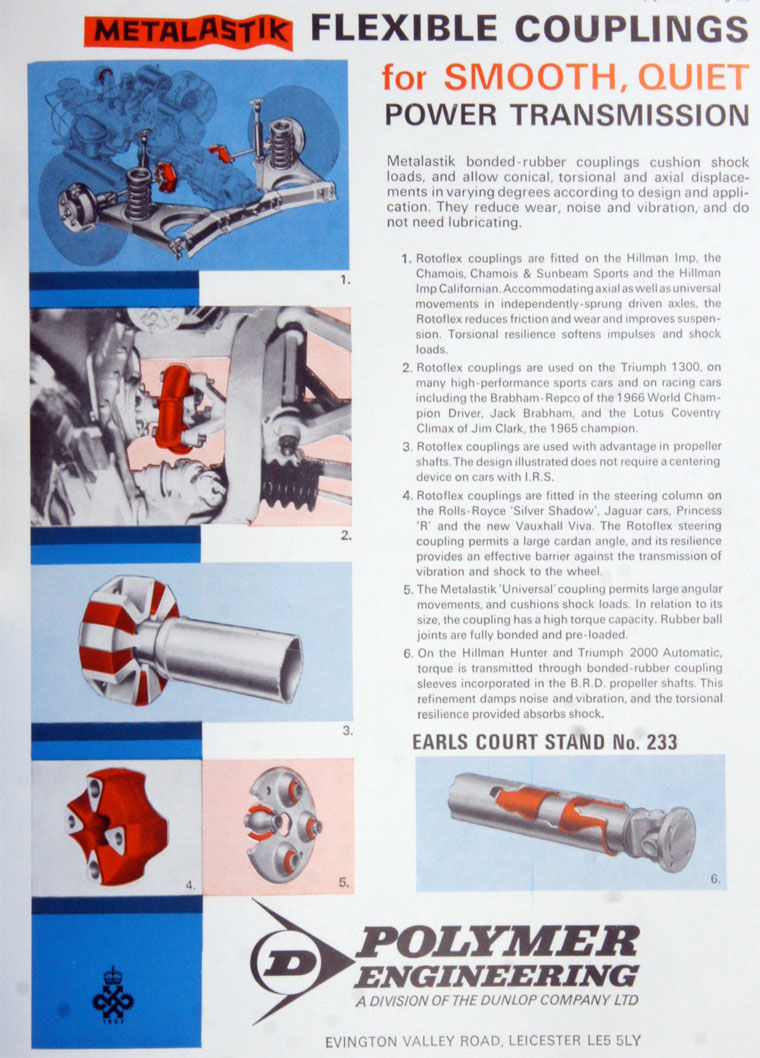
Figure 6: Image from the net note item 2 identified as used on Lotus and Jim Clark in 1965
Exhibitions, Education, Economics and Entertainment
In the museum context the editors believe that commercial considerations are both necessary and complementary with its educational objectives.
For these reasons our suggested outline Business Plan includes provision for promoting products and services which share Chapman’s ideals of mechanical efficiency and sustainability. In addition we propose merchandising that explain and interprets the social and cultural context of Chapman’s designs in period. It’s suggested there will be catalogue for on line purchasing.
In this instance we suggest the following exhibition titles might be appropriate:-
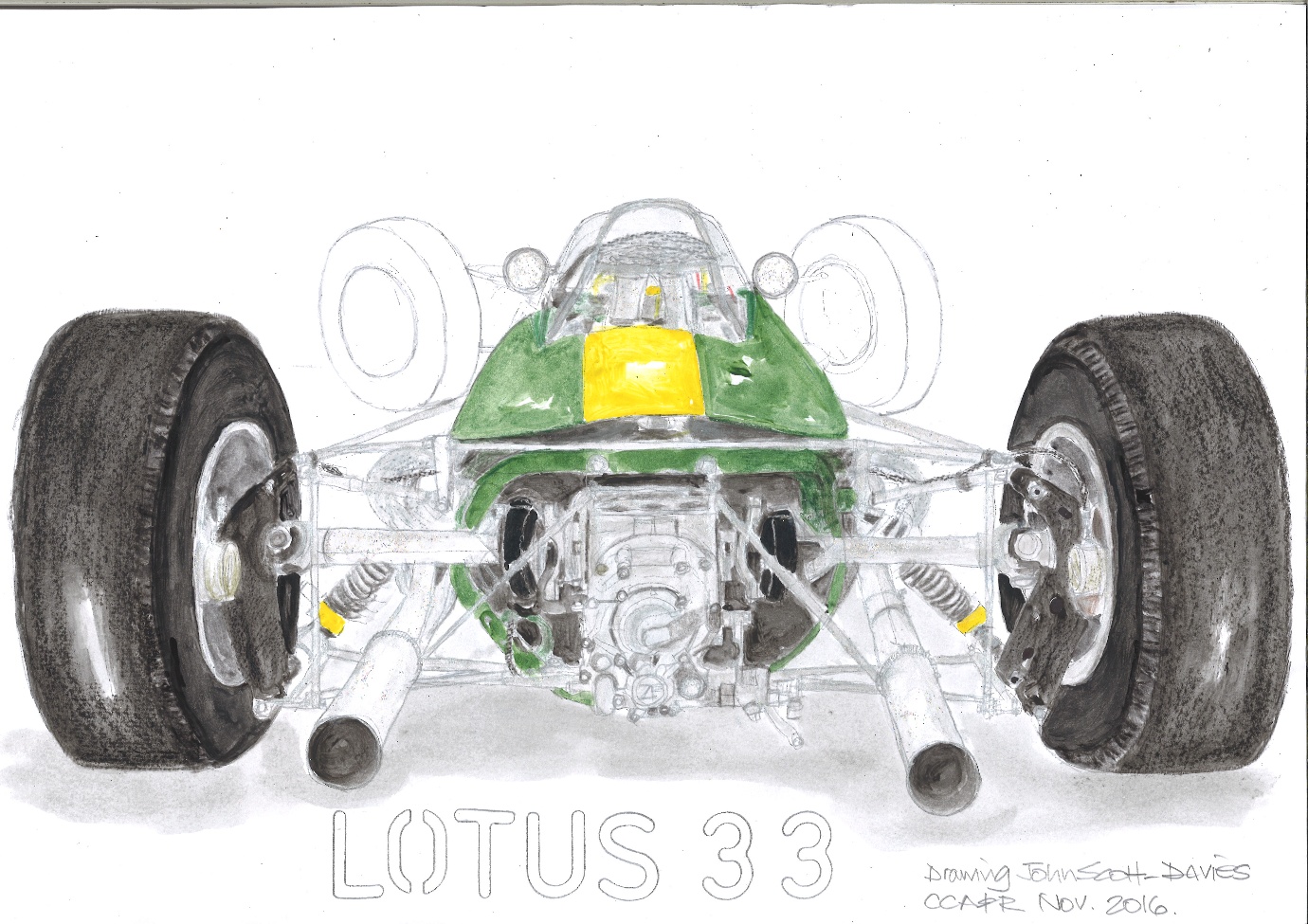
Figure 7: Additional sketch drawing by the editor of the Lotus type 33 with ZF gearbox
Specific:-
| Metalastic | Fantastic Elastic | |
| Metalastic | Chapman liked his doughnuts | |
| Metalastic | Rotoflex | Coupling :Getting it together |
| Metalastic | Flexible friend | |
| Metalastic | F1 compliant | |
| Metalastic | Rotoflex | A coupling made in heaven |
| Metalastic | Rotoflex | The odd Coupling |
| Metalastic | Lotus ,power and rubber plants |
General:-
- Lotus Parts: Past ,Present Future
- Lotus Parts: The Winning Factor
- The Principle Part
- Act the Part
- Assign the Part
- Lotus Components
- Lotus Components :Parts and Parcel
- Lotus Sponsors, Specialist and Suppliers:Form,Function and Forte
- Lotus Components:Parts and Partiality
- Lotus Aesthetics : With little to spare
- Lotus Cars: Spare and Slender
- Product launch with title of dedicated specific relevance
Conclusion: “The whole is greater………”
There can be little doubt about the significant contribution made by Metalastic and Rotoflex.
They assisted Lotus achieve multiple F1 World Championships and other titles. Additionally used in the profoundly inspirational performance packaging of the
Elan.
Components were material to reliability and competitiveness.
What we might learn from Mac Goldsmith and Metalastic/ Rotoflex might be:
- That a Jewish refugee escaping Fascist Germany made an enormous contribution to British society, its culture, education, economy and sporting achievements
- The significant of patents in industry and the invention behind them
- How products can be mutated and taken up in related applications
- The importance of simplicity and cost effectiveness on finding practical solutions
- How products proven in aviation served the motor industry
- This product gives us a prism to examine Chapman/Lotus production economics of design and purchasing and the consequences and the ongoing lessons contained within
- We can consider the Elan folklore as it applies to doughnuts and some forensic examination of their performance
- The Metalastic and Rotoflex brand name and products remains available for classic owners
- The Rotoflex couplings might be considered green/sustainable due to its relative simplicity and ease of fitting with minimum parts reducing wear etc.
- The Rotoflex couplings are inspirational in their form and function and how they meet necessity with commercial potential. Serious students of motor engineering, motor racing and Industrial design can learn much from this product and of Mac Goldsmith whose biography reference we list in the appendix below
Metalastic brand name continues:
“Metalastik Anti Vibration Mounts and Vibration Isolators
Metalastik is a registered trademark of Trelleborg Industrial Anti Vibration Systems. Metalastik has a long history of producing quality vibration isolators and anti-vibration mounts. Being acquired by Trelleborg has only added to the quality and performance of these vibration isolation mounts. Let us help you choose which Metalastik vibration mount is correct for you. At Mission Sales and Supply, we have years of experience in anti-vibration mounts and vibration isolator applications. Also, being the authorized US distributor for Metalastik and Trelleborg, we are directly connected to the engineering team there at Metalastik. Contact us and let us run an analysis on your anti vibration application. You will find that these Metalastik mounts are second to none. Whether it is marine, defense, industrial, or specialty vehicles, Metalastik has the solution that you need.”
Chapman’s design and manufacturing methodology rather confirms the adage that “the whole can be greater than the sum of the parts”.
It’s an interesting an important study to consider deployment of components. It contributes to aesthetics, assembly economics and sales [attractive components/ known accepted performance and servicing ability etc.]
It is equally and mutually relevant and beneficial to the component manufacturer.
Chapman and his colleagues often took the best / most appropriate mass produced item and almost reinvented it in its service to design objectives. In this manner many components acquired a new status and indeed their aesthetic was enhanced surrounded by the Chapman conceptual whole.
It’s also extremely significant how many of these components were also used in Lotus competition cars. This created a powerful dynamic and interrelationship. Many components:-
- Performed well in competition gaining beneficial publicity and sales
- Both the component and racing reputation carried through to road cars and assisted sales
- The component manufacturer gained disproportionate publicity and assisted products sell in other applications
- All together a beneficial spiral was commenced. Publicity of the era often opted to highlight the Lotus dimension in publicity material. In fact there was a powerful synergy.
The relationship between Lotus and is sponsor specialist suppliers is significant and worthy of close study and has lessons for Engineering, Industrial Design and Manufacturing disciplines.
Along the way it’s possible too to study the wider British motor component industry and how it has helped foster the specialist car manufacturers.
Sponsorship is a worldwide phenomenon of immense commercial impotence. Both to host and sponsor organization.
With the Passage of time it’s likely to become more sophisticated and focused and the internet /multimedia technology will play greater role.
Sponsors have existed in motorsport before Chapman but he vigorously exploited the concept with Gold Leaf c 1967/68 and set a pattern for others to follow.
Sponsors of Lotus were likely to benefit financially and in terms of exposure to an extent greater than their investment. The benefits were, and remain essentially similar to present day:-
- Access to mass international audience consistent with mass production distribution marketing branding etc.
- Demographics of viewing audience and interest groups
- Additional subsidiary /secondary advertising through media, news, magazines etc.
- Identification with market /brand /marque leader in both F1 and road cars
- Association with success and continuity evolving, developing technology, materials etc.
- In period the identification with the charm ,charisma and ability to articulate that Chapman possessed
- All the attendant glamour , drama ,danger ,and spectacle of F1
- Ability to provide conducive hospitality to conduct business
- Cost effectiveness of audience cost ratio
- Possible further complex corporate benefits
Appendix 1: Context and operation of sponsorship from the net:-
- Learn how sponsorship motives have evolved.
- Be able to differentiate between advertising and sponsorship.
- Learn the advantages of each of the key promotion tools.
- Identify the six categories of sponsorship opportunities.
- Distinguish between self-evident and strategic linkages.
- Learn the trends in spending on sponsorships.
- Gain insight as to how ambush marketing and leveraging play roles.
- Develop a basic understanding of the three special cases of sponsorship.
- Identify the five key sponsorship objectives.
- Learn the importance of each sponsorship objective.
- Understand the concept of matching.
- Learn the potential components of a sponsorship plan.
- View a comprehensive example of a sponsorship.
Gain an awareness of controversies regarding sponsorship.
Appendix 2: F1 and related racing results
http://www.snowmoose.com/LotusCars/TeamLotus/TLHistory.html
Appendix 3:Mac Goldsmith biography
Mac Goldsmith (1902-1983): The Life and Work of a Refugee Engineer
http://jewish-gilroes.org.uk/stories/mac-goldsmith/
Mac Goldsmith: the life and work of a refugee engineer (1902-1983) / editors, Ann Stanton, John Goldsmith.
[London?] : Centre for German-Jewish Studies, University of Sussex; [Leicester?]: Stanley Burton Centre for Holocaust Studies, University of Leicester, 2008.
Nb copy available at the British Library
Reference:
Marks of Excellence.P.Mollerup.Phaidon Press.1997.
ISBN: 0714838381
Graces Guides
Internet websites and local History
Aircraft of the Fighting Powers.Cooper&Thetford.Vol.1.Aircraft [Technical] Publications.1940.
An extensive bibliography is provided in A&R article on John Players Specials/Gold Leaf
Industrial Design A-Z.C&P Fiell.Taschen.
ISBN: 3822863106
Lotus Book.Taylor.Coterie.1998.
ISBN: 1902351002
Art of the Formula 1 Race Car. Mann, Codling.Motorbooks.2010
ISBN:
Lotus 24, 25, 28, 29, 33.Unique.
Lotus 49, 49B, 49C, 49F.Unique.
ISBN: 1842555185
International Corporate Identity.Olins.Laurence King.1995
ISBN: 1856690377
International Motor Racing 1978.Ed by B.Gill.Macdonald and Jane’s.1978
ISBN: 035409033X
The International Motor Show. Offical Catalogue.1966
Motor Racing Directory 1955-56 [Ed by staff of “Motor Racing”] Pearl Cooper.
Motor Racing Directory.Kettlewell.
ISBN: 0906556007
Autosport A-Z Motorsport Directory. [Annual editions] Haymarket
The Automobile.Reyat.Chand.2013.
ISBN: 8121902142
Fundamentals of Motor Vehicle Technology.Hillier & Pittuck.Hutchinson.1967.
Lotus 49.Wagstaff.Haynes.2014.
ISBN: 9780858334121
Lotus 72.Wagstaff.Haynes.2012.
ISBN.978857331274
Colin Chapman.Lawrence Breedon.2002.
ISBN.1859832784
Colin Chapman.Ludvigsen.Haynes.2010.
ISBN.9781844254132
Coventry Climax Racing Engine’s.Hammill.Veloce.2004.
ISBN.1903706831
Lotus, Coventry Climax and Cosworth Engine’s.Pitt.Unique.
The Anatomy and Development of the F1 Racing Car.Incandela.Haynes.1982.
ISBN.
The 1000 BHP GP cars.Bamsey.Haynes.1988.
ISBN.0854296174
Lotus 98T.Slater.Haynes.2016.
ISBN.97808573377771
Louts Elan.Hughes.Osprey.1992
ISBN.1855321947
Lotus Elan.Taylor.Crowood.1996.
ISBN.1861260113